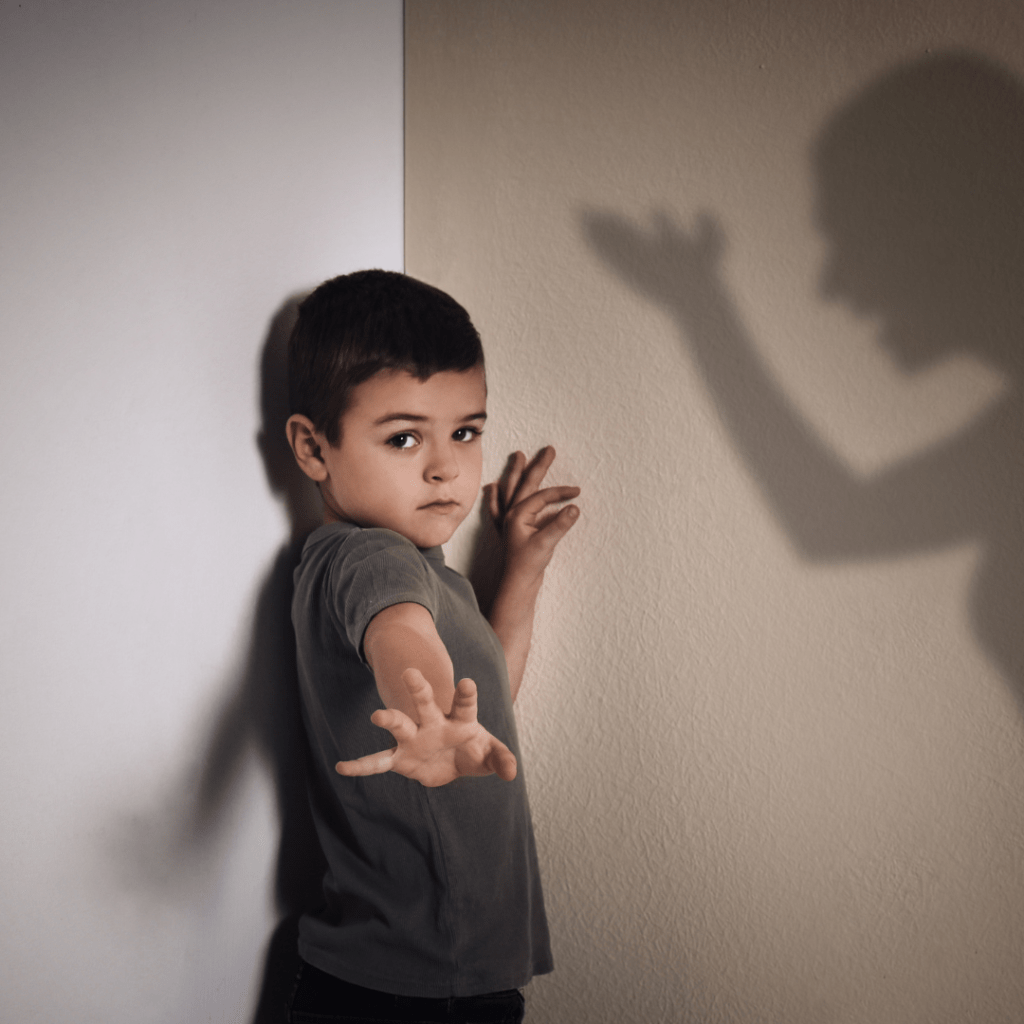Play and Creativity in Child Development
Multiple interdependent processes are involved in emotions and their regulation, ranging from the biological to the psychological and interpersonal areas.
The emotions
While some emotions are generated automatically, others are aroused and learned. Likewise, emotional regulation can be automatic or, instead, controlled with effortful cognitive processing.
Emotional regulation
Emotional regulation can be defined as having control over the intensity and positive/negative valence with which emotions are experienced.
Humans have the ability to increase, maintain, or decrease negative and positive emotions in both conscious and unconscious ways. We can change our responses to emotions by planning ahead or modifying emotionally charged situations. Or focusing on the response once an emotion has been experienced.
Attention
The deployment of attention can determine which aspect of a situation one focuses on and can result in distraction (which can decrease awareness and intensity of negative emotions) or rumination (which can increase their salience, persistence, and intensity). .
Changing a thought that is associated with a situation can determine the meaning attached. Although this technique is often used to decrease emotional intensity, it can also amplify a response or alter the emotion altogether.
Both emotional states and goal-directed behavior can be modulated by decreasing, or increasing, positive expressive behavior, or addressing physiological responses.
Other characteristics of emotion regulation are emotional awareness, the ability to recognize and distinguish emotions experienced by oneself and others, and social cognition.
Social status includes: the ability to process social emotions, including empathy, moral reasoning, theory of mind, and emotional understanding. Both emotional awareness and social cognition appear to be key elements in the ability to regulate emotions and are impaired in a number of psychiatric conditions.
Neurobiology of emotions
Emotion generation occurs as an interaction of a series of bottom-up (from the brainstem and limbic system to higher cortical regions) and top-down (from the prefrontal cortex to midbrain and brainstem areas) actions through the amygdala.
What does the evidence tell us?
Neuroimaging data suggest that responses to emotional tasks are widely distributed throughout the brain, that higher cortical areas are not limited to emotional regulation, and that limbic regions are not limited to emotional activation.
Emotion regulation involves a widely distributed functional network with bidirectional associations between many emotion-relevant brain regions.
Influences on development
These brain systems are shaped by early experiences and reflect developmental history. It is possible that early childhood adversity modifies the reactivity threshold.
For example, children growing up in early adversity are more likely to be emotionally reactive to stress and also less capable of emotional regulation.
Brain imaging studies in those who have suffered childhood maltreatment point to frontal and limbic circuits as the most affected brain regions.
Emotional dysregulation
Consistent with this view, two different forms of emotion dysregulation with distinct patterns of cortical and subcortical activation and symptom profiles have been identified in posttraumatic stress disorder (PTSD).
- Hypomodulated emotion (e.g., anxiety, hyperarousal, dysphoria) is related to the classic pattern of increased amygdala activation and reduced prefrontal inhibitory activation.
- Overmodulated emotion (eg, dissociation, emotional numbing), in contrast, is related to broad midline prefrontal inhibition of limbic activity.
Associated psychiatric states
Problems with emotional regulation play a role in the development, maintenance, and treatment of many psychiatric conditions.
Maladaptive coping of difficult emotions is common in depression, bipolar disorder, borderline personality disorder, substance use disorders, eating disorders, and somatoform disorders.
Dysregulation and aggression
In children, some forms of externalizing problems have been linked to emotional dysregulation. Furthermore, reactive aggression, which is driven by negative emotional states, is associated with increased cortisol reactivity and decreased emotional regulation.
Maltreated children are at higher risk of both reactive aggression and deficits in emotional regulation.
Childhood trauma and consequences
Many traumatized children do not develop PTSD or other disorders. However, individuals who experience interpersonal trauma in childhood are at increased risk for numerous psychiatric disorders.
Traumatized children are also at risk for self-harm, sexualized behavior, anger, poor impulse control and attention difficulties. Revictimization is common in maltreated children and adolescents and is associated with an increased risk of PTSD and other comorbidities, such as depressive and substance use disorders.
Developmental Trauma and Dissociation in Children and Adolescents
Although all psychiatric disorders are likely to involve dysregulation, perhaps the clearest example of psychopathology involving emotional dysregulation is bipolar disorder. Over the past decade, childhood bipolar disorder has been a controversial topic debated in the research and clinical communities
What does literature tell us?
Childhood exposure to interpersonal trauma is reported in approximately half of adult patients with bipolar disorder in several studies. Adults with bipolar disorder and a history of childhood trauma have a more frequent prepubertal onset of affective symptoms, a significantly younger age at onset of bipolar illness, and more severe symptoms.
To date, however, no study has systematically evaluated the association between childhood exposure to interpersonal trauma and early-onset bipolar disorder.
Personality disorders and emotional dysregulation
Emotional dysregulation is also prominent in personality disorders. The association between exposure to interpersonal trauma and personality disorders is one that has received, and continues to receive, substantial attention.
Individuals with severe and disabling personality disorders (borderline, schizotypal, and paranoid) report more types of interpersonal trauma and childhood physical abuse than those with other personality disorders.
Abuse and dysregulation
Emotional regulation can be viewed as a developmental task strongly influenced by the ability to develop appropriate secure attachments. Emotional regulation appears to develop in the context of responsive caregiving and peer involvement in early childhood.
In humans, childhood maltreatment, particularly repeated trauma, interrupts the acquisition of adequate emotional regulation and interpersonal skills.
The effects of abuse
These effects include molecular alterations of stress hormone response systems, which, in turn, influence myelination and neuronal morphology.
This leads, among other things, to consequent functional changes in the development of the left hemisphere, decreased right/left hemisphere integration.
Studies with young adults
Studies examining associations between trauma history and emotional dysregulation have also been conducted in young adult populations, particularly with college students.
These studies describe a consistent correlation between trauma exposure and emotional dysregulation, as well as a correlation between the severity of PTS symptoms and emotional dysregulation.
Emotional dysregulation can also be understood as the mechanism underlying risky sexual behavior and sexual revictimization among young adult victims of child sexual and physical abuse.
The consequences in adulthood
Emotional dysregulation and other impaired self-regulatory abilities in adults are associated with past childhood exposure to emotional abuse and lack of emotional support from parental figures.
One large study examined the contribution of emotional dysregulation, childhood trauma, and negative affect to a range of clinical psychopathologies and found that severity of childhood trauma, negative affect, and emotional dysregulation were all related.
Conclusions
These studies suggest a complex, bidirectional relationship between exposure to childhood trauma and emotional dysregulation.
Exposure to trauma in childhood is associated with a reduced ability to understand and regulate emotions.
Substantial evidence links the experience of childhood exposure to interpersonal trauma, such as maltreatment or family violence, with emotional dysregulation and multiple related psychiatric sequelae and comorbidities (and not just PTSD).
Because childhood exposure to interpersonal trauma is associated with emotional dysregulation in a variety of psychiatric disorders, further clinical and scientific studies are needed to determine how to best understand and treat childhood trauma-related emotional dysregulation in a variety of psychiatric disorders, including but not limited to PTSD.



